© 2025 Qualitetch Ltd. Site by i3MEDIA
Your total metal component manufacturing solution
This is due to the fact that aluminium can be difficult to etch correctly if you do not have the correct process controls in place, which can lead to poor edges and a rough finished profile. Qualitetch have developed a process with our chemistry engineers to ensure that only the best quality etchant is used in our process to give the best possible results to your metal components.
The reason this metal can be difficult to etch is that aluminium is exothermic, meaning that it creates heat and gases on the surface of the metal as it is being chemically etched, which causes the aluminium to blow outwards and smut with carbon; roughening the surface.
When done correctly, there are many advantages to the process of aluminium etching. One of the main benefits is the light weight nature of Aluminium and it’s clean looking finish. Here at Qualitetch, we only etch aluminium with ferric chloride, as this is the most appropriate etchant to best suit your individual metal component requirements. We offer many different grades and conditions of aluminium including general commercial grades such as: 5251, 1050A or 1050 as well as aerospace grades such as T6 6061, T6 6082, T4 6082, T4 2014A and available in various hardnesses such as annealed 1/4 hard, 1/2 hard and full hard conditions to manufacture your quality metal components.
Aluminum etching is a precise manufacturing process that brings numerous advantages to various industries. This chemical technique involves removing material from the surface of aluminum providing benefits that make it well suited for specific applications.
One major advantage of aluminum etching is its ability to achieve precision and intricate detailing. Unlike machining methods this process allows for the creation of features and patterns, with tight tolerances, which can be quite challenging to achieve otherwise. Thanks to the nature of the process complex geometries and three dimensional shapes can be produced, making it an excellent choice for components with designs or specific geometric requirements.
Another notable advantage lies in the cost effectiveness of aluminum etching especially when it comes to small production runs. Unlike methods that often require tooling and molds etching eliminates these upfront costs offering a more economical solution for testing and refining designs before committing to large scale manufacturing. This makes it an appealing option, for industries that require iterations and quick turnaround times.
Furthermore aluminum etching offers benefits in terms of conservation. Unlike techniques involving cutting or milling processes that remove material indiscriminately chemical etching selectively removes material only from specific areas. As a result there is waste generated during the process while ensuring efficient use of aluminum—a win win situation that contributes to both cost savings and environmental considerations.
The advantages of aluminum etching include achieving a surface finish, which's beneficial, for many applications. This process eliminates the need for finishing steps as it produces high quality surfaces. Industries that require visually appealing surfaces particularly benefit from this.
Furthermore aluminum etching ensures burr edges unlike machining processes that often face issues with burr formation. This feature is advantageous in applications where sharp edgesre a concern or removing burrs through steps is impractical.
The non mechanical nature of aluminum etching proves advantageous when working with materials to stress. As a chemical process it eliminates the need for applying force to the material reducing the risk of deformation or damage. This aspect holds importance when dealing with aluminum or other materials with mechanical properties.
Aluminum etching offers compatibility with a range of aluminum alloys making it versatile across industries like aerospace, electronics and automotive sectors. The ability to work with different aluminum alloys enhances manufacturing flexibility. Allows for producing components with material characteristics.
Another notable advantage of aluminum etching lies, in its customization capabilities.The process allows for implementation of design changes without requiring modifications, to tools. This flexibility in the manufacturing process is valuable for industries that prioritize customized products.
Moreover aluminum etching is ideal for prototyping. Its quick setup time and efficient production of quantities make it a great option, for projects that require design iterations and prototypes.
While aluminum etching offers these benefits it's important to consider specific application requirements and material properties. Additionally following safety precautions when dealing with the chemicals involved in the etching process is crucial to ensure an effective manufacturing environment.
Our flexible production line approach helps reduce manufacturing lead-times for our customers and allows us to save time by cutting unnecessary steps from the manufacturing process.
We have a dedicated team of Engineers who are on hand to deal with the various complexity of metal component requests for our customers needs.
We offer assembly, soldering and spot welding, bespoke packaging, and also many other specialist bespoke customer requirements that our clients may have.
The photo etching process produces metal components that are both stress-free and burr-free compared to more traditional manufacturing methods – ensuring that your end product is as both accurate and precise to your drawings.
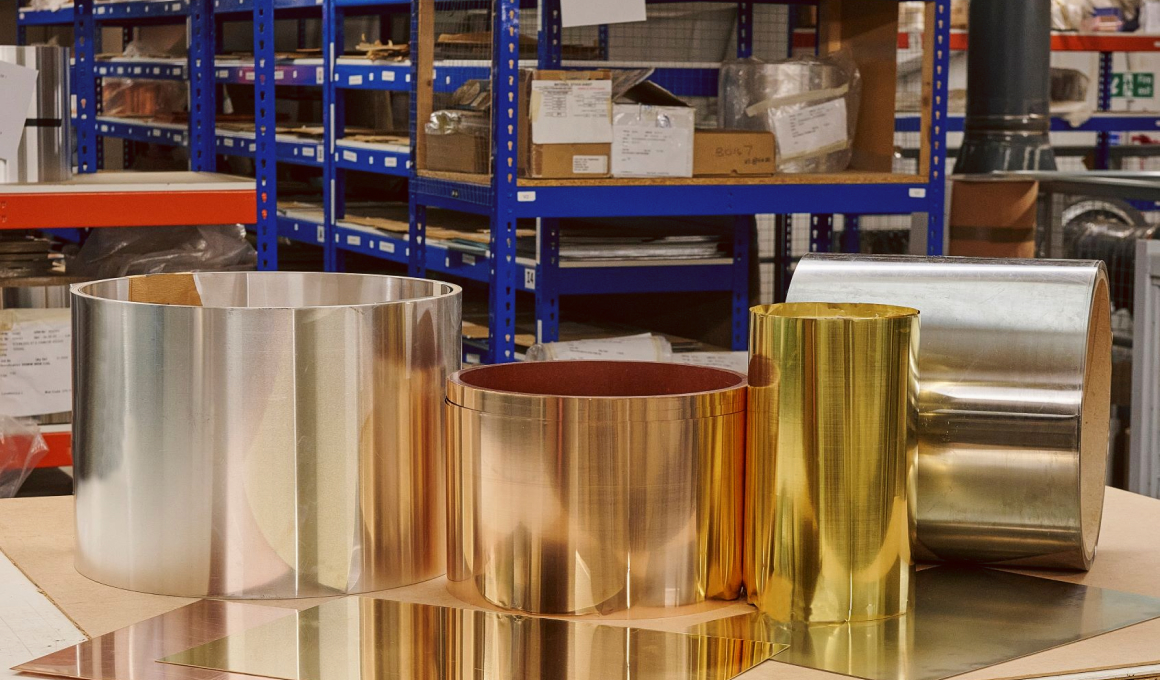 1
1
Qualitetch offer a huge range of metals for etching including: Stainless Steels, Carbon Spring Steels, Copper, Brass, Nickel Silver, Mild steel, Phosphor Bronze, Silver, Beryllium Copper, Aluminium, Nickel, Mu Metal, Alloy 42, Alloy 52 & Many Others.
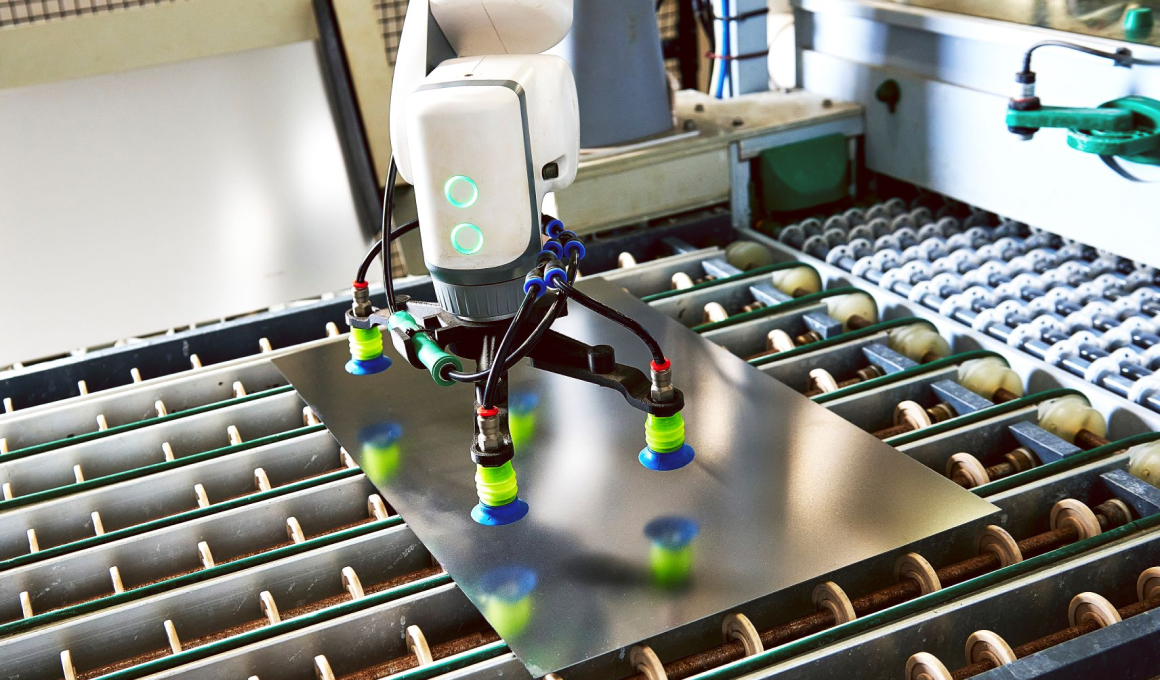 2
2
In order to ensure perfect parts every time, we need to clean the sheet metal to remove any impurities from the sheets surface before manufacturing your designs. This involves passing the metal sheets slowly through acid or alkaline solutions and rinsed prior to laminating, printing and developing.
 3
3
Metal cleaning involves passing the sheets slowly through conveyorised acid or alkaline solutions and rinsed clean prior to the lamination, printing and developing stages, depending on the sheet metal choice required.
 4
4
Once cleaned the metal sheets are coated with a UV sensitive photo resist, which melts to sheet in preparation for the printing process.
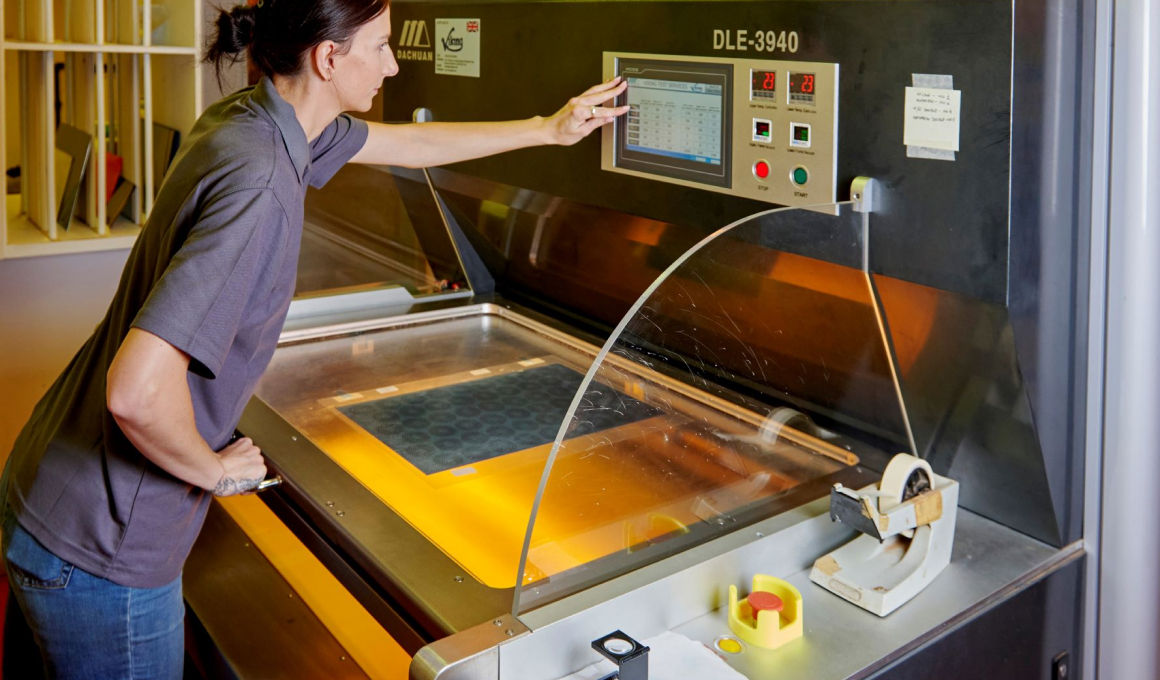 5
5
The printing process involves us taking your chosen profile design and applying it to a two sided top and bottom acetate photo film mask, that we then print your design onto the UV sensitive photo resist.
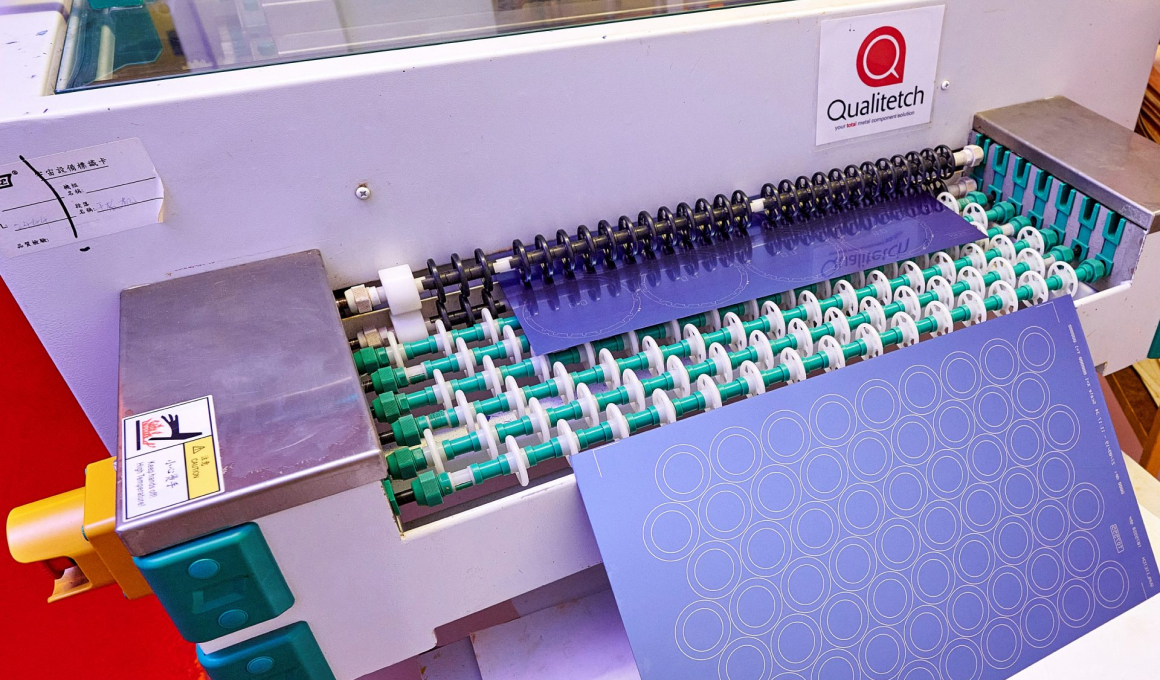 6
6
Once the metal sheet is printed with your chosen design, we then need to develop the sheet. This process effectively washes away the fine lines of the profile we are cutting, leaving raw metal track lines ready for the etching process to work it's magic very precisely.
 7
7
The etching process itself is an acid, usually ferric chloride, that effectively eats it's way through the metal at a known rate to ensure precision and targeted only in the areas you wish to remove, such as the profile track lines or other holes and features such a mesh. The rest of the sheet is masked by the UV photo sensitive blue resist, to protect the metal from the etchant until the parts are complete. This can be a very useful in a manufacturing process as the design can be very complex or include tabs or half etch fold bend lines at no added cost as you simply print your design rather than needing expensive machining time. Following an on-line dimensional check, all that is then required, is for us to strip and remove the UV photo sensitive resist coating and the parts are ready for full QA Inspection.
 8
8
At Qualitetch we offer various levels of QA inspection depending on our customers needs, as we supply both major blue chip businesses all over the world as well as smaller local businesses and anywhere in-between, as the photo etching process is very versatile. We have various automated optical equipment to ensure you parts are accurately supplied to your drawings. We also offer levels of inspection including 100% inspection, PPAP levels, batch inspection, First article inspection (FAIR) and bespoke customer inspection as required.
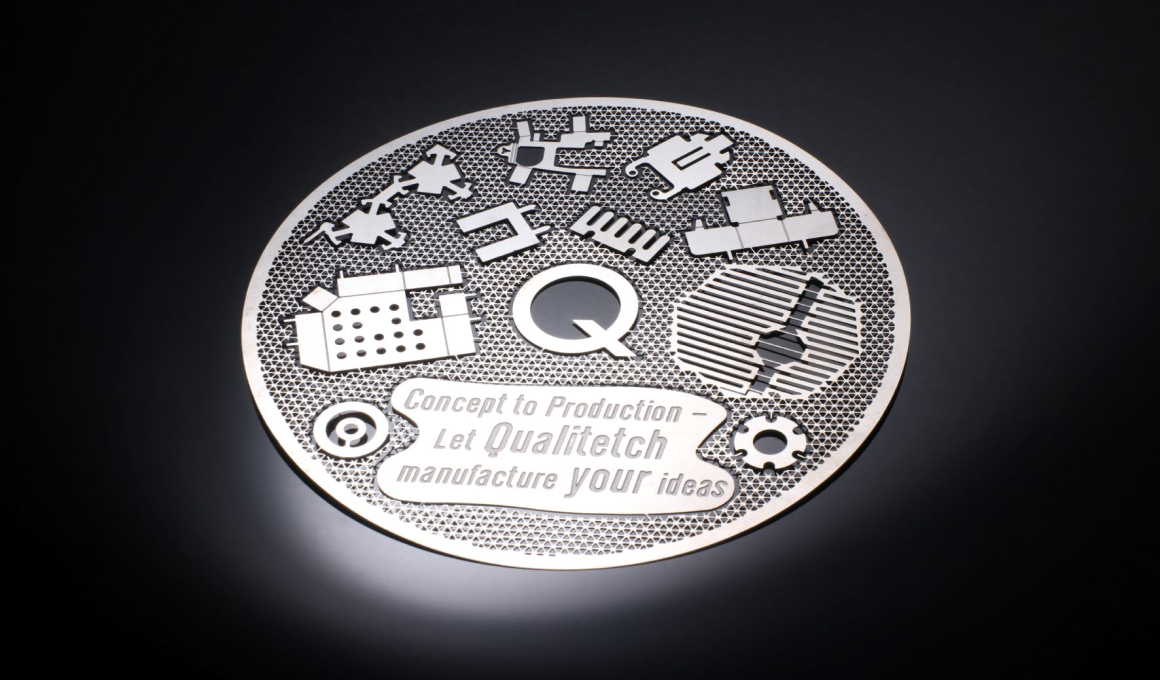 9
9
Once the parts are fully inspected and passed they are ready to be packed and sent to the customer, or for additional processes such as plating, forming, soldering, spot-welding, machining, EDM wire erosion, heat treatment or any other bespoke services required, such as assembly.
As the process of chemically etching Aluminium needs to be completed correctly to manufacture quality finished components without staining or etch faults, you need to ensure you use a trusted manufacturer to provide the best possible quality within the marketplace That’s where we come in. At Qualitetch, we pride ourselves in our world class manufacturing solutions and customer service to deliver your metal component requirements flat or formed.
For more information about how our aluminium etching services can make a difference to your products, please give us a call today on 01354 658787.
Bipolar Plate manufacture & hydrogen fuel cells & Electrolysers through chemical etching
View the ServiceWe offer a wide range of engineering solutions and process methods to suit your project needs.
View the ServiceStainless steel photo chemical etching is one of the most common materials we etch.
View the ServiceSilver is one of the most common precious metals around the world
View the ServiceSteel is one of the most popular metal materials to use in manufacturing.
View the Service
